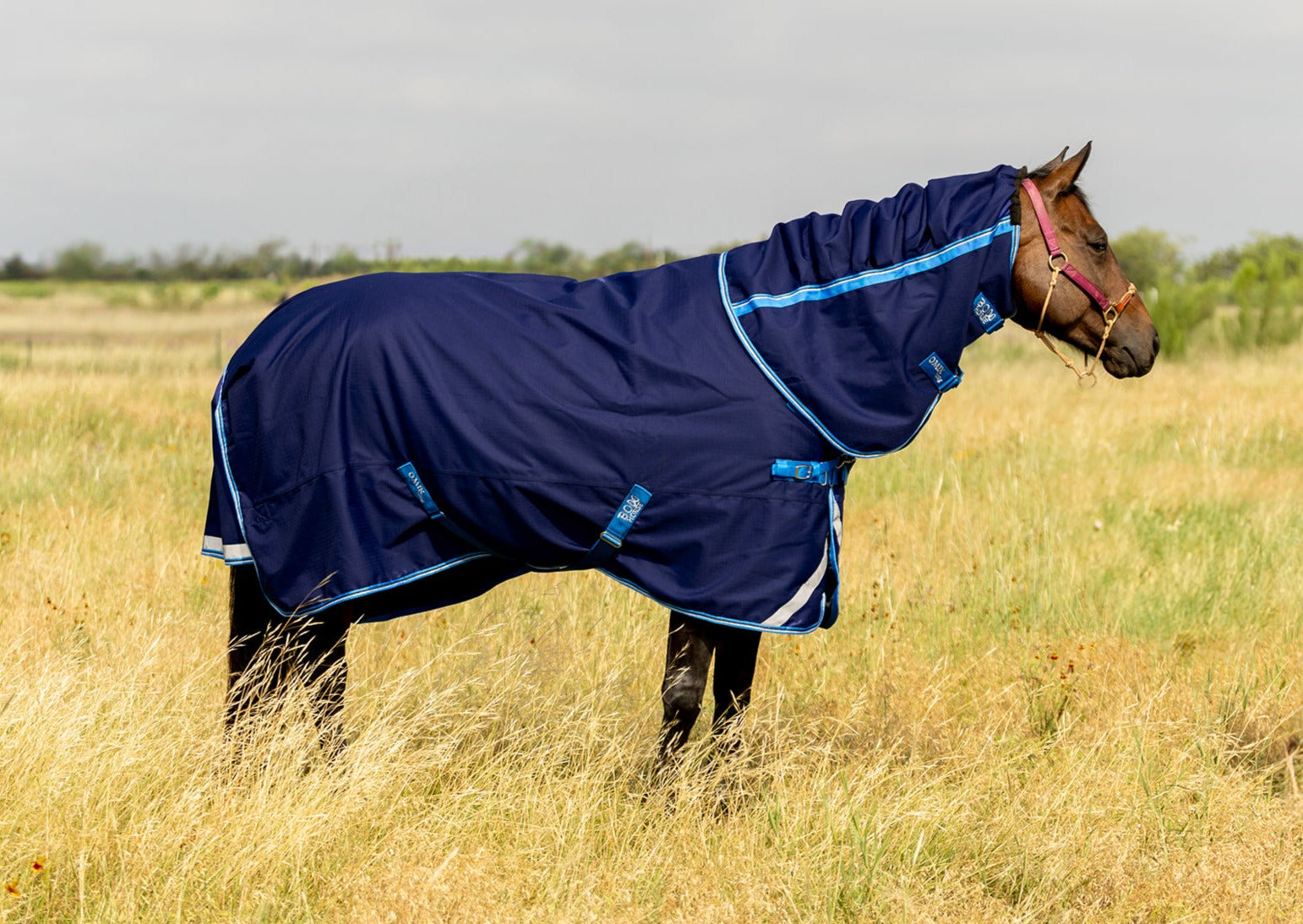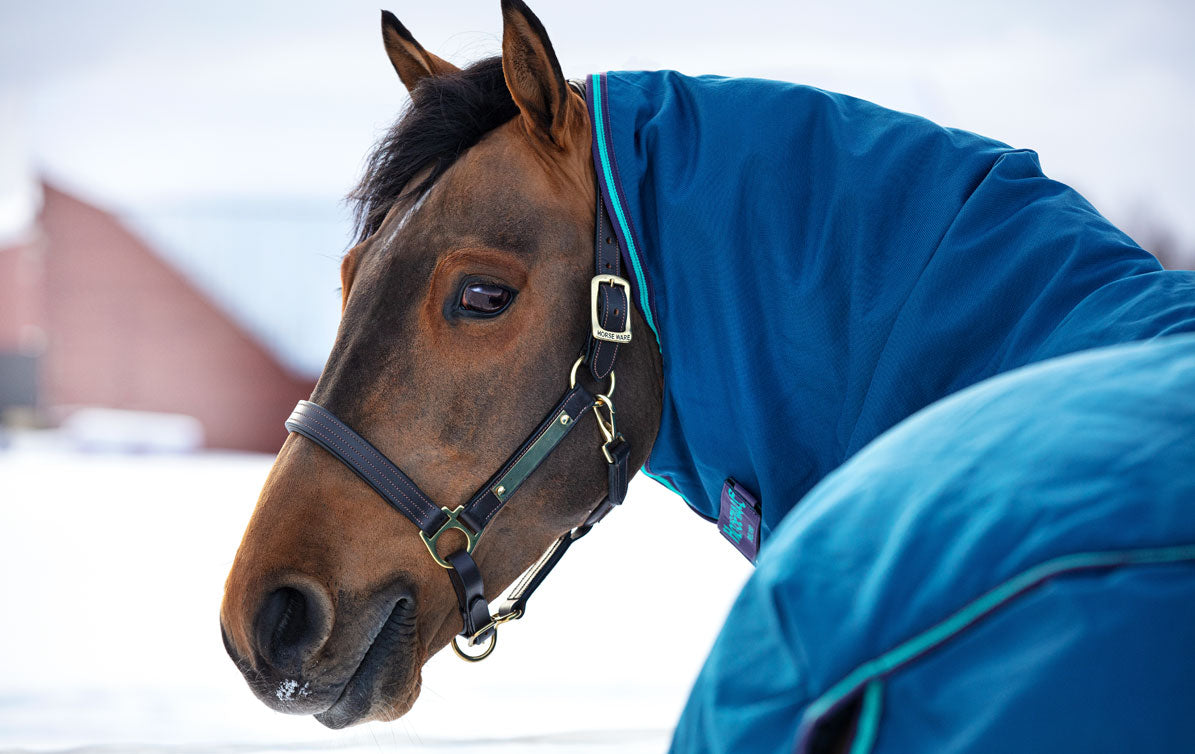
How Tight Should the Belly Straps Be on a Horse Blanket?
Share
When it comes to catering to the needs of your horse, how tight should the belly straps be on a horse blanket is a question that deserves careful consideration. The importance of properly fitting a horse blanket cannot be overstated. A well-fitted blanket ensures that your horse remains warm and comfortable while allowing freedom of movement. This article delves into the intricate details of belly strap adjustments, common practices, and expert tips that every health-conscious pet owner should be aware of.
Firstly, the belly straps serve a pivotal function. They help secure the blanket in place, preventing it from shifting as your horse moves around. However, the tightness of these straps can significantly influence the comfort and safety of your horse. A strap that's too tight can lead to discomfort and restrict movement, while one that's too loose can allow the blanket to flap around, exposing your horse to the elements.

Understanding the Purpose of Belly Straps
Belly straps on horse blankets are designed to keep the blanket from shifting. Given that horses are dynamic creatures, the blanket must stay securely in place without causing any obstruction to their natural movements. Health-conscious pet owners must recognize the dual responsibility they hold: keeping their horse protected while ensuring the blanket does not impede comfort.
Why is Proper Adjustment Necessary?
Incorrect tightness can yield various consequences. When belly straps are too tight, they can risk cutting off circulation or causing chafing. On the flip side, straps that are too loose can lead to the blanket slipping and exposing your horse to cold winds or rain, thus increasing the risk of illness. An ill-fitted blanket not only affects the horse's comfort but also its overall health and behavior.
How to Determine the Right Tightness
So, how tight should the belly straps be on a horse blanket? While there isn't a one-size-fits-all answer, there are some general guidelines to determine proper tightness:
- Fit Testing: A good method is the two-finger test. Ideally, you should be able to comfortably fit two fingers between the strap and your horses body. This indicates that the strap is snug yet not overly tight.
- Observe Movement: Watch your horse move in the blanket. If he exhibits any signs of discomfort or if the blanket shifts excessively, readjust the straps.
Signs of Improper Tightness
It's essential for health-conscious pet owners to be vigilant about signs of improper tightness:
- Chafing or rub marks on the belly
- Reluctance to move or unusual behavior
- Persistent shifting of the blanket
Different Types of Belly Straps
When you explore the market, you'll find various types of belly straps available for horse blankets. Understanding the differences can help you make informed choices:
- Standard belly straps: These are simple fasteners that secure the blanket. Proper adjustment is key to achieving optimal comfort.
- Surcingle-style straps: These are more adjustable, allowing for a better fit for different body shapes and sizes of horses.
Maintenance and Care of Horse Blankets
Regular maintenance of horse blankets ensures longevity. Keep an eye out for wear and tear, especially on the belly straps. Over time, straps may stretch or become frayed. Regular replacement helps maintain the effectiveness of your blanket. Refer to this expert guide for more on blanket upkeep.
Practical Tips for Health-Conscious Owners
As a health-conscious owner, it's important to not only consider your horse's comfort in terms of fit but also the materials used in the blanket. Opt for breathable materials that wick moisture away. This prevents overheating during warmer days.
- Check the lining: A quality lining prevents the buildup of sweat, enhancing comfort through moisture control.
- Weather proofing: Ensure that your blanket serves to protect against various weather conditions.
Also, ensure that your blanket fits snugly around the body and achieves a balance between comfort and security. The blanket should not hinder natural movement; consider using adjustable neck styles depending on your horse's needs.
In Summary
To summarize, understanding how tight should the belly straps be on a horse blanket is vital for the well-being of your horse. Strike a balance that keeps the blanket in place while allowing for movement and ensuring comfort. Regular maintenance and careful observation will also go a long way in ensuring that your horse experiences the highest standards of care.

Frequently Asked Questions (FAQs)
1. How often should I check the belly straps on my horse's blanket?
It is best to check the belly straps regularly, especially after putting the blanket on or adjusting it. Additionally, check them anytime the blanket is used, such as during seasonal changes.
2. What material is best for horse blankets?
The best materials for horse blankets are durable, breathable fabrics that keep moisture away. Look for those specifically designed for equine use, ensuring good longevity and comfort.
3. Should I remove the blanket during warmer days?
Yes. If the weather is warm and your horse shows signs of perspiration, consider removing the blanket to prevent overheating.
As an Amazon Associate, I earn from qualifying purchases.
